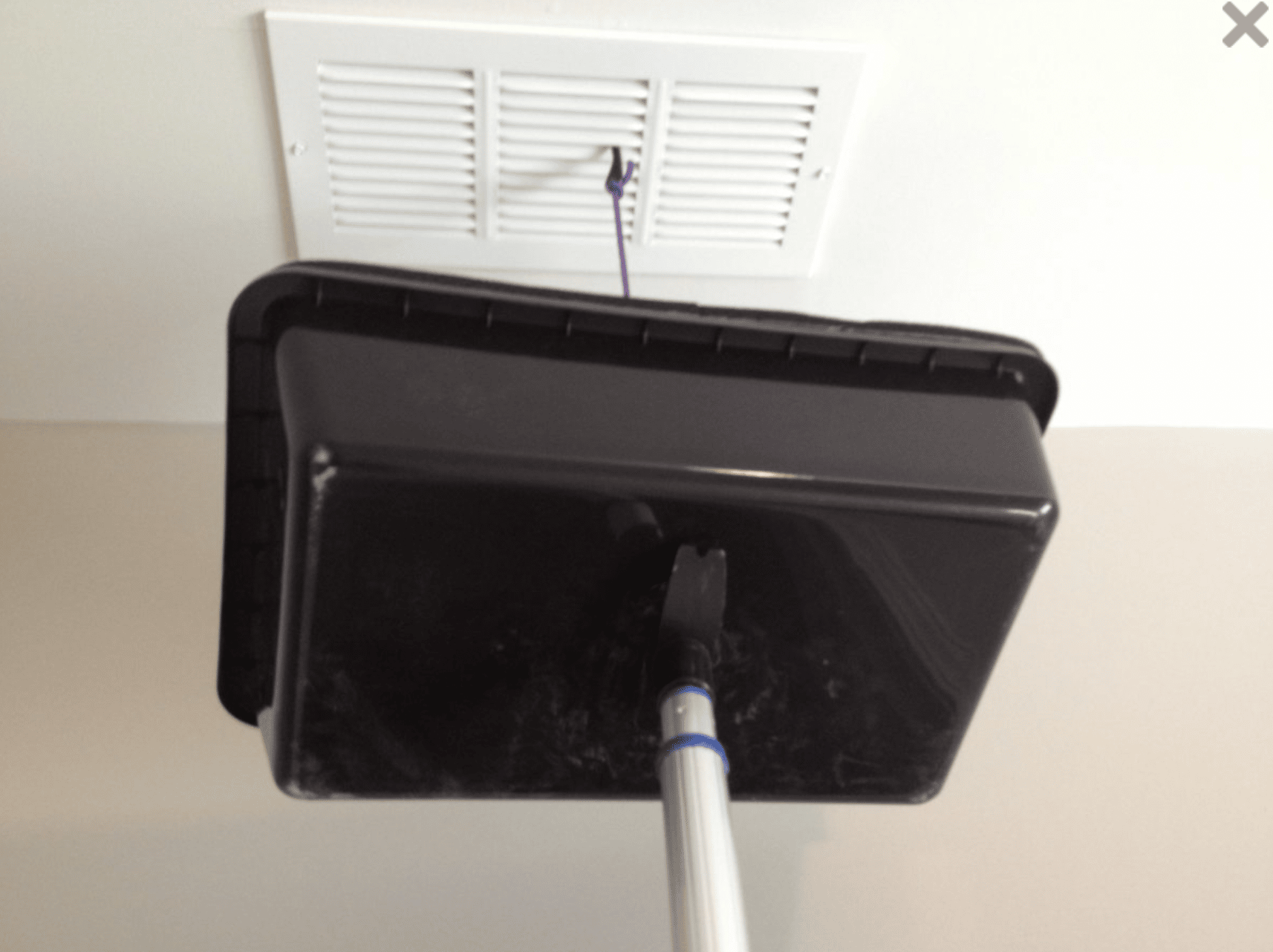
06 Nov Cool Tool for Duct Testing
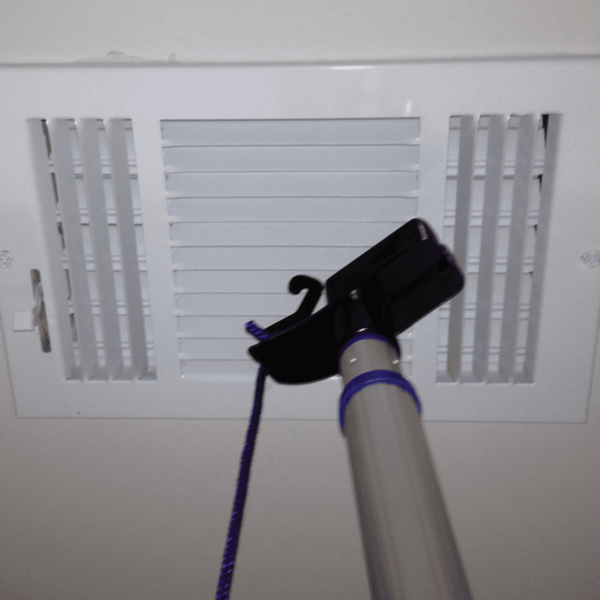
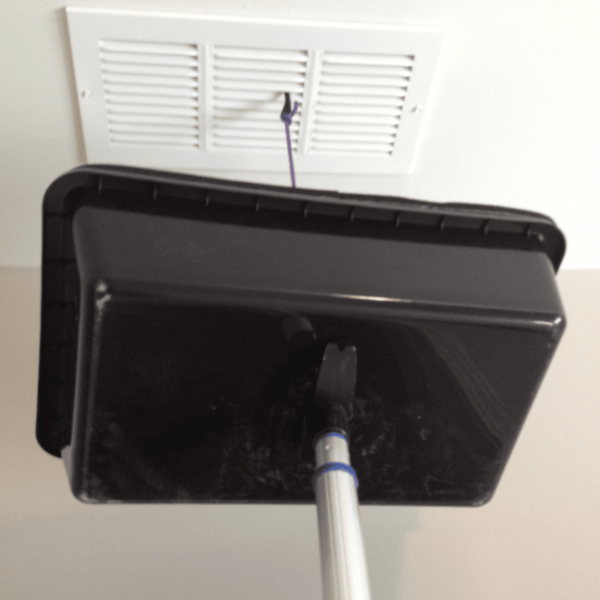
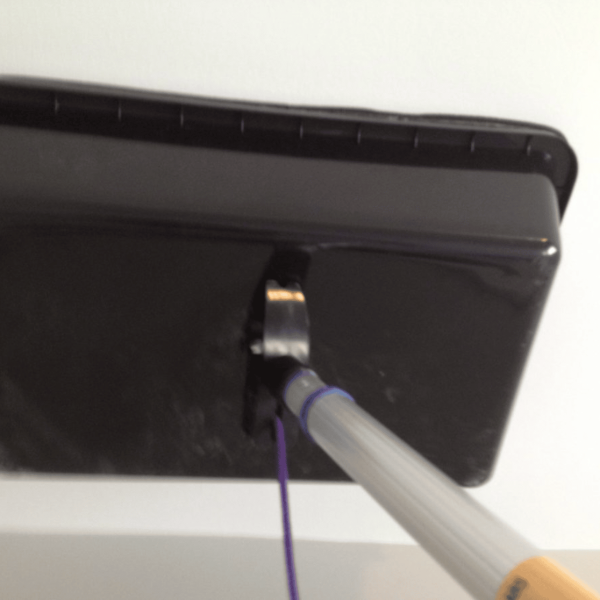
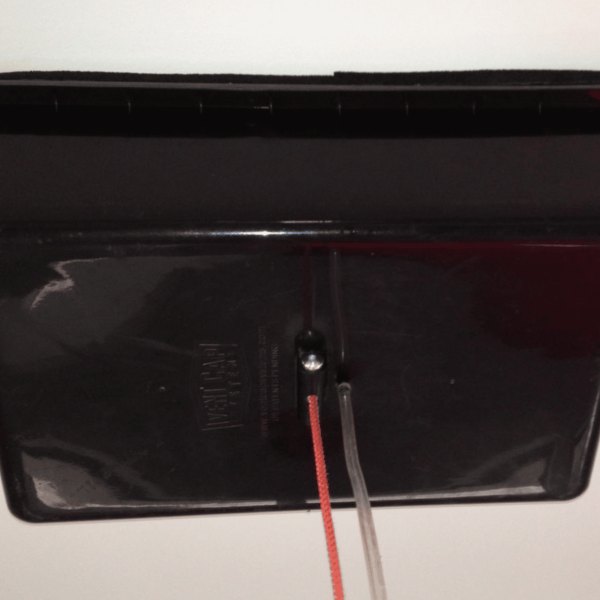
Note: Originally published by Carl Seville on www.greenbuildingadvisor.com
Some days I like my work, and some days I don’t, but I guess that’s just the way the world is. This love/hate relationship really rears its ugly head when I have to go out and do blower door and Duct Blaster testing on homes. It’s not one of my favorite things to do, but if the weather’s nice and the drive’s not to far, it can end up being a good, and reasonably profitable, day.
But no matter how good things are, climbing up and down ladders to mask ducts with that annoying sticky tape ends up being pretty unpleasant. When carrying a stepladder around to 15 or 20 (or more) registers, climbing up and applying duct mask to them, I am not inclined to sing “My Favorite Things.”
 Time to invest
Time to invest
I had seen a few different reusable duct covers over the years that claimed to save time and tape, but until recently, I wasn’t doing enough volume to justify buying them. But with some steady work doing Georgia energy code compliance testing for builders, my creaky old knees were starting to complain.
Walking the exhibit hall at the recent ACI conference, I ran across Vent Cap Systems, a company selling recycled polypropylene covers for grilles and registers. The covers include an attachment for a roller extension that, they claimed, allows you to both install and remove their caps from the floor.
Being assured that I could return them if I was dissatisfied, I broke down and ordered a set of 20 covers, hoping that they would arrive before my next set of homes to be tested. Unfortunately, they didn’t, but I was able to use them a few weeks later on my next test outs.
How they work
Each vent cover is a box, roughly the size of an average HVAC register with a thick foam gasket covering the edge that pushes against the ceiling. There is a string running through a spring-loaded fastener (not unlike one you see on some raincoats or athletic shorts drawstrings), connected to a small plastic hook.
You use their RAT (Remote Attachment Tool) to push the hook up into the register, using it again to depress the ball at the end of the spring and push the cover up against the registers while you hold the string. I’d estimate that about 80% of the time the hook goes into the register slot easily and stays. The other 20% of the time involves trying again, usually accompanied by a little swearing and sweating. After you install the covers, you do your duct test, then go around and use the RAT again to depress the ball, and let the cover drop into your hands. Then you use the RAT yet again to snag the hook out of the register, about another 80% shot on the first try.
One nice little feature they have is a pressure tube tap on one of the covers. You attach the hose to the tap, put the cover up and you are ready to attach it to the reference side of your pressure gauge.
The verdict
Now that I’ve used these covers on over a dozen test outs, I’ve decided that while not perfect, they are quite good, and I’m happy I gave them a shot. I’ve heard rumors that they are working on an improved hook and maybe even a special cover to connect the duct fan to so we can stop climbing ladders altogether. Not sure when that day will come, but I am definitely looking forward to it.



 Time to invest
Time to invest
No Comments